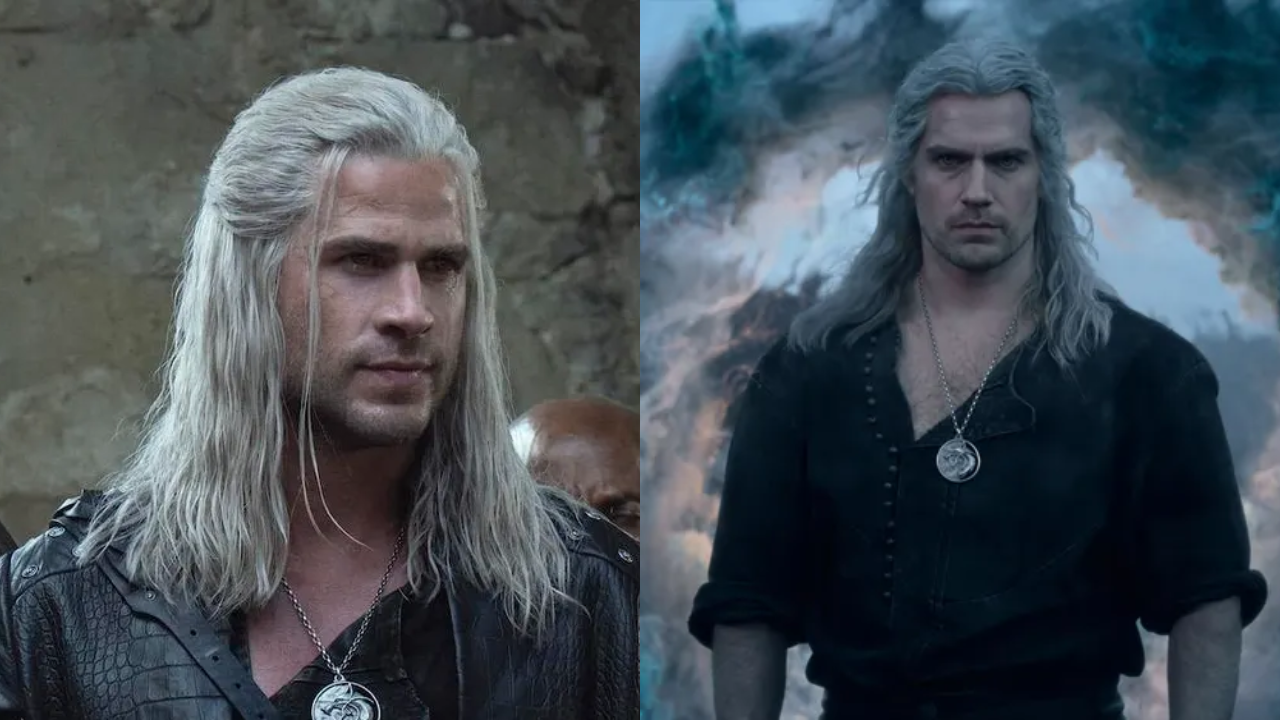Entertainment
The Witcher 4 Was Always Set Up to Fail : And Fans Are Proving It

After months of dread and debate, The Witcher 4 is finally here, and early reactions aren’t kind. But between meme-mockery and genuine disappointment lies a more interesting truth about what happens when audiences lose faith before a story even begins.
The Inevitable Fallout
It didn’t take long. Within hours of The Witcher 4’s release, timelines were flooded with reactions ranging from heartbreak to hilarity. Liam Hemsworth’s long-anticipated debut as Geralt of Rivia, stepping into Henry Cavill’s formidable boots, has been greeted with exactly what everyone expected: skepticism, sarcasm, and a touch of reluctant curiosity.
Critics call the new season uneven, fans are posting side-by-side clips of Cavill versus Hemsworth, and even neutral viewers can’t decide whether to laugh or mourn.

It’s the internet’s favourite genre, disappointment. And The Witcher 4 might be the biggest binge of it yet.
Still, none of this feels surprising. The verdict was written long before the first episode dropped. Netflix could have delivered its strongest season yet, and people still might have hated it. That’s the curse of the recast: when an actor becomes the myth, the story becomes collateral damage.
The Witcher season 4 was just weird. Liam Hemsworth's version of Geralt was a soulless, lifeless empty shell. And Geralt took a backseat to a bunch of annoying fellow travelers that kept yapping like nails on a chalkboard. This show has gone way past its prime.#TheWitcher pic.twitter.com/6Cy75rQabJ— Rama's Screen (@RamasScreen) October 30, 2025
And yet, for all the dragging and disbelief, The Witcher is currently trending at #1 on Netflix Pakistan. Even the skeptics are tuning in. Whether it’s hate-watching, curiosity, or nostalgia, Pakistani audiences are proving that sometimes, controversy is the best marketing strategy.
The Curse of the Recast
Recasts are one of Hollywood’s toughest balancing acts; no one makes it out unscathed. We’ve seen it before: when Claire Foy became Olivia Colman in The Crown, when Pattinson donned the Batsuit, when Doctor Who regenerated yet again. Modern fandom thrives on ownership, and ownership breeds resistance.
Henry Cavill wasn’t just Geralt, he was The Witcher. His real-life nerd credentials, Warhammer, PC building, lore debates, blurred the line between actor and role. When he left, it didn’t feel like a standard creative shift, it felt like betrayal.
For Hemsworth, that meant stepping into a storm that had nothing to do with him. Audiences were divided from the start, and every frame since has been dissected under the shadow of nostalgia.
Sometimes it’s not about how good a performance is, it’s about who audiences want to believe in.
The Netflix Problem

Netflix’s fantasy lineup has had its highs and lows, from Shadow and Bone’s cancellation to Blood Origin’s lukewarm reception, a reflection of a platform still learning how to build lasting worlds in an overcrowded streaming landscape.
So when The Witcher returned, it wasn’t just another season. It was Netflix’s attempt to prove it can still keep a franchise alive. The result, based on early reactions, feels less like a grand comeback and more like a platform trying to regain its rhythm.
The Witcher’s World Is Still Worth Saving
Still, there’s a reason people keep watching. The Witcher’s universe, all moral grey zones, monster metaphors, and beautifully moody chaos, remains irresistible. Even with a new face at its centre, it’s one of Netflix’s most recognisable worlds, and that counts for something in an algorithm-driven era.
Because beneath all the memes and mockery is a kind of reluctant loyalty. Fans might not love this version, but they haven’t walked away. Maybe that’s the show’s real magic, not perfect storytelling, but persistence.
Turns out, the hardest monster to slay might be expectation itself.
